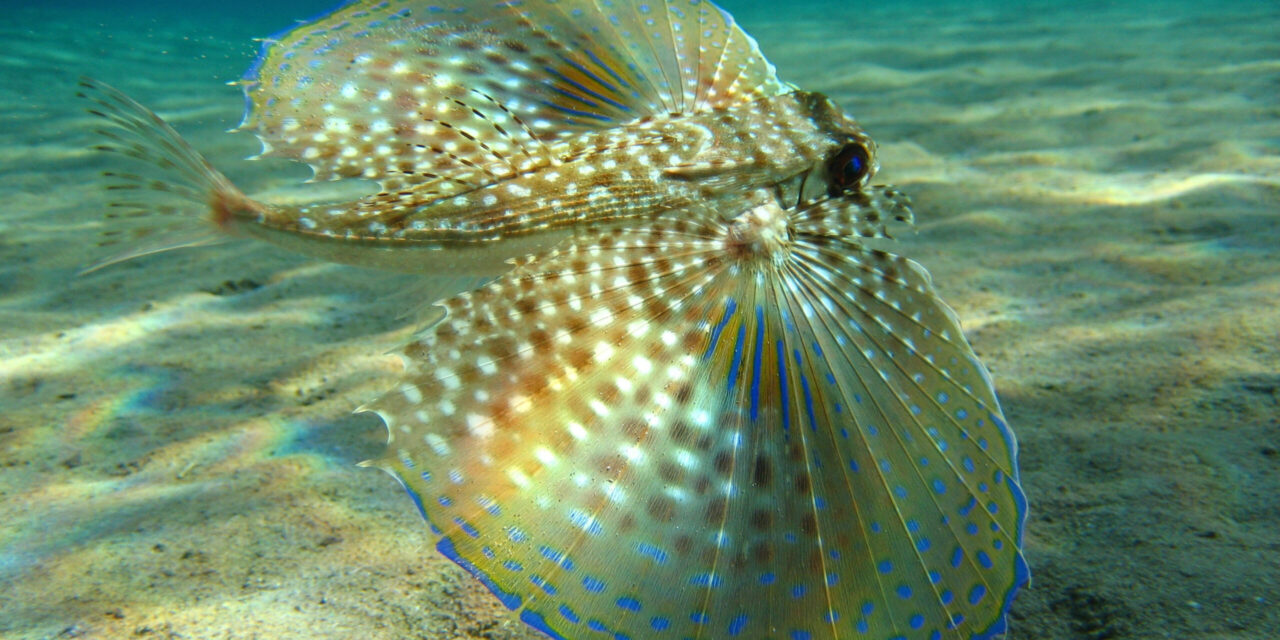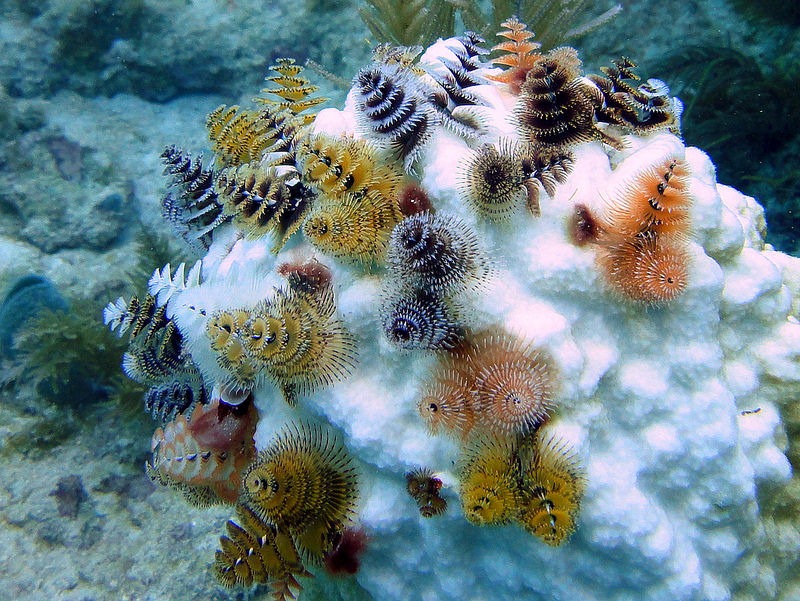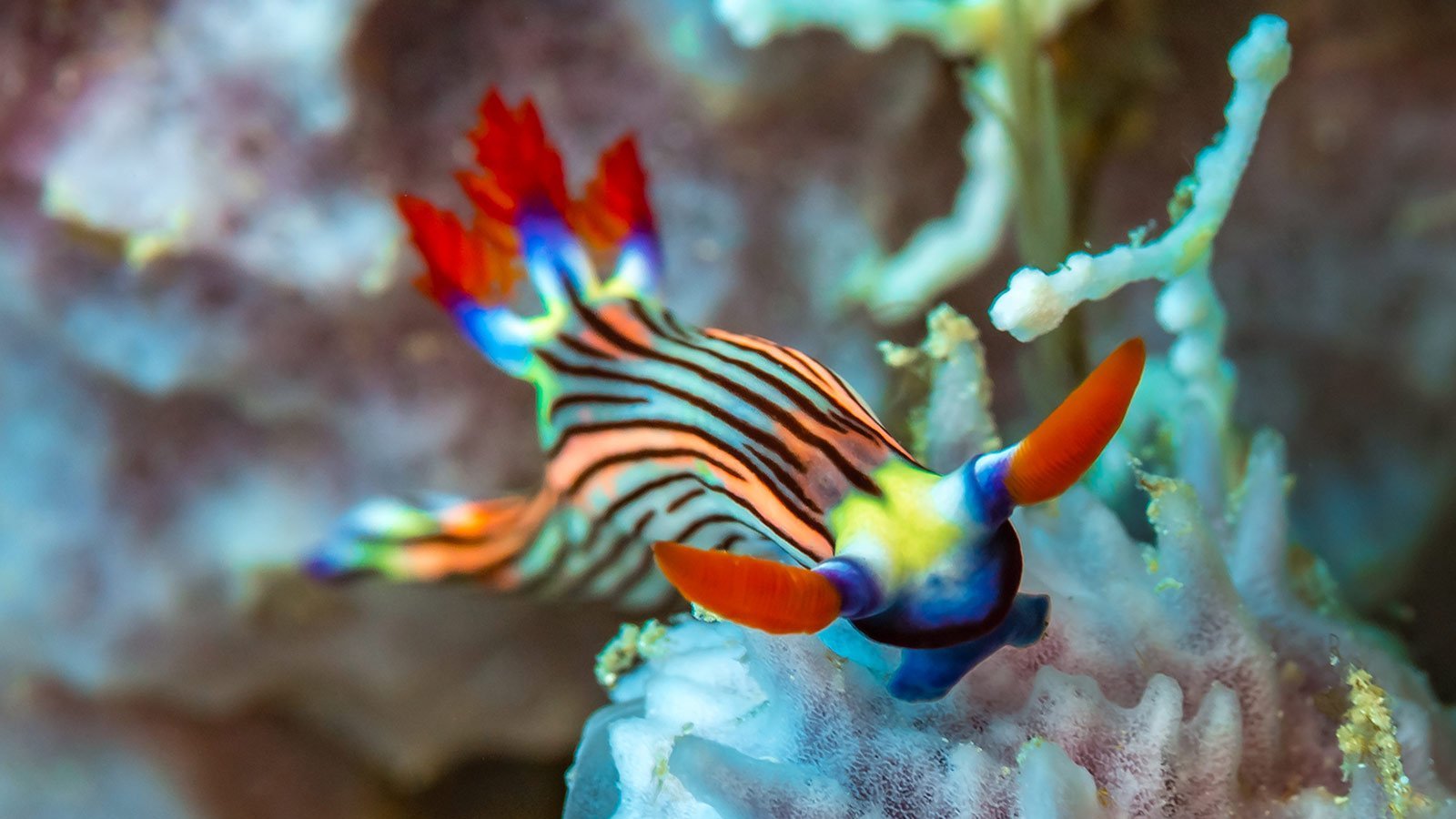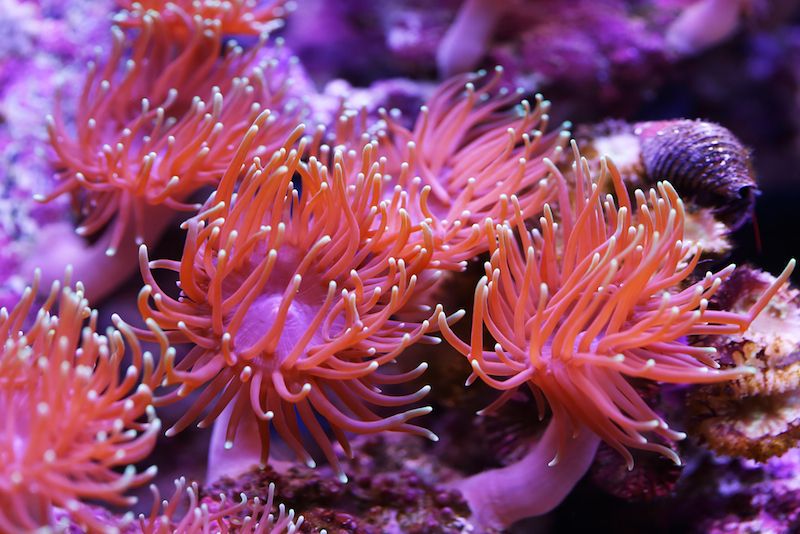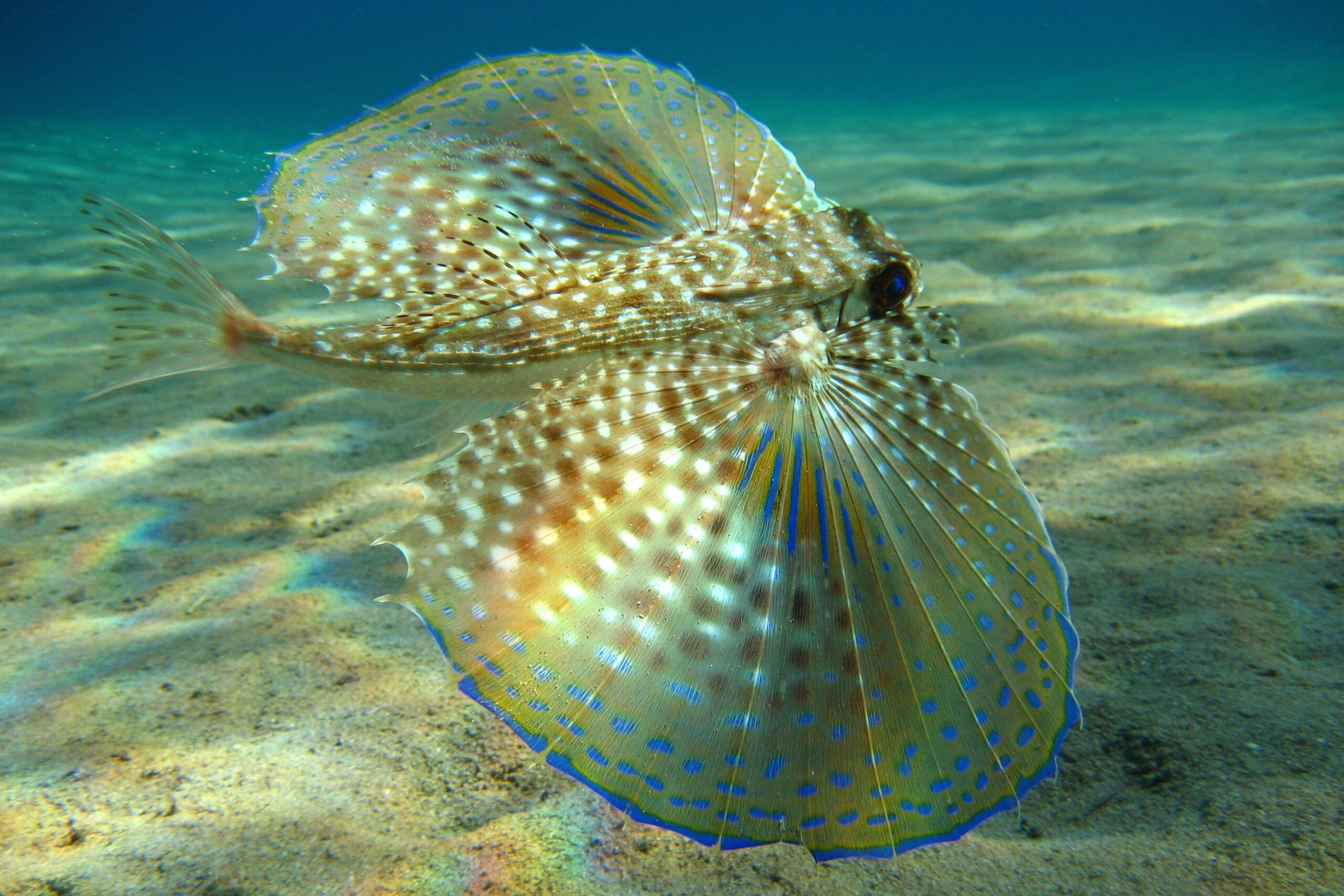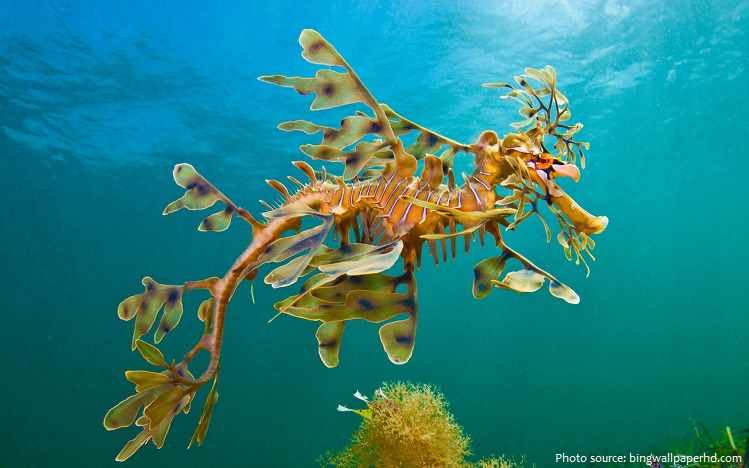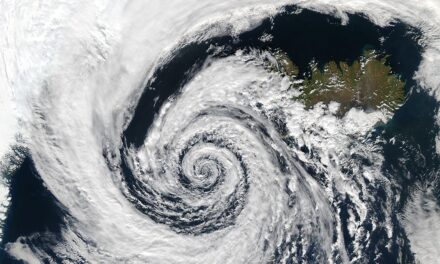Coloration in animal kingdom plays wide variety of roles, to attract opposite sex, to warn enemies and to camouflage. Like in terrestrial animals such great coloration also present in aquatic animals. Following are list of some of incredibly colorful ocean creatures.
For more information read Pritish Halder’s article.
1. Christmas Tree Worm
Spirobranchus giganteus, also known as the Christmas tree worm,. The common name for these worms is derived from their appearance, not their habitat or diet. Christmas tree worms are colorful marine creature distributed throughout tropical oceans around the world. These worms have two brightly colored Christmas tree like crowns. This marine creature also named after these crowns that composed of colorful spiral plumes, giving it resemblance with tiny fin tree. The plumes of Christmas tree worms comes in different colors including red, orange, yellow, white and pink. Christmas tree worms also used their plumes for feeding. They easily trap plankton and other small particles using these plumes and cilia then transport those particles to worm’s mouth.
Each worm has two brightly colored crowns that protrude from its tube-like body. These Christmas tree-like crowns are composed of radioles, or hair-like appendages radiating from the worm’s central spine. These appendages are used for respiration and to catch dinner, which typically consists of microscopic plants, or phytoplankton, floating in the water.These worms are sedentary, meaning that once they find a place they like, they don’t move much. In fact, while the colorful crowns of these worms are visible, most of their bodies are anchored in burrows that they bore into live coral. When startled, Christmas tree worms rapidly retract into their burrows, hiding from would-be predators.
Christmas tree worms come in a variety of bright colors. They aren’t very big, averaging about 3.8 centimeters in length. However, because of their distinctive shape, beauty, and color, these worms are easily spotted. They are some of the most widely recognized polychaetes, or marine burrowing, segmented worms out there.
2. Nudibranch
Nudibranchs are jelly bodied, shell less mollusks lives throughout world oceans. There an more than 3000 species of nudribranchs in the world. These mollusks are noted for their striking color. Some species of nudibrachs evolve color pattern that matches their surrounding. They used this coloration as a primary defense mechanism to escape from predators. At same time some other species of nudibranchs used their intensely bright color to warn predators about poison lie within. These mollusks are mostly found on ocean floors, can’t swim or move too fast. Some species of nudibranchs feed on sponges and some feed on sea slugs. Most species of nudibrachs feed only one kind of prey.
Nudibranchs can be a variety of bright, beautiful colors and patterns. This is a defense mechanism because of their lack of shell. Additionally, bright colors scare away potential dangers as they generally signal that a creature is poisonous (even if it isn’t).
3. Sea Anemone
Sea anemones derived their name from equally colorful terrestrial anemone flower. There are more than thousand described species of sea anemones lives in throughout world ocean. They spend most of their time attached to seas floor by their adhesive legs. The color of sea anemones ranges from pale to bright fluorescent colors. Sea anemones have a cylindrical shaped body, tens to hundreds of poison filled tentacles surrounding central mouth. They used these tentacles to find their food, inject paralyzing neurotoxin.
4. Flying Gurnard
The flying gurnard is most notable for its eye-catching “wingspan.” Gurnards usually keep their huge pectoral fins held close against their body, but they flare out spectacularly when a predator is near. The transparency of the fins combined with the blue spots that adorn them make this creature especially beautiful underwater.
While their name suggests that they fly through the water, flying gurnards are bottom dwellers. Their large fins do little to help them swim — they don’t soar so much as move in short bursts. The name gurnard is derived from the French word for “grunt,” which is the sound made by their swim bladder as water moves through it.
5. Leafy Seadragon
Though they may look like pieces of seaweed, the leafy seadragon is a fish related to the seahorse. Known as “leafies,” these creatures are kings of camouflage, living among kelp and seaweed in the waters off south and east Australia.
The flowing protrusions may look like functioning appendages, but the leafy seadragon uses thin, nearly transparent fins to propel itself through the water. Most impressively, this beautiful sea creature has the ability to change color to match its surroundings for better camouflage.
Reference
https://www.treehugger.com/unexpectedly-beautiful-sea-creatures-4869630\
https://themysteriousworld.com/10-most-incredibly-colorful-ocean-creatures/

